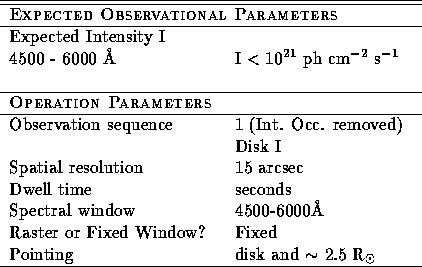




The white light channel is designed to measure the absolute polarized radiance of the solar corona. In order to do that an intensity calibration of the detector has to be performed.
The UVCS provides a solar disk observation mode, with which the well known irradiance of the sun can be measured, therefore, this mode allows us to calibrate the detector.
Since the dynamic range of the PMT is not able to cover the very large difference between the disk and the corona irradiances, more than 6 orders of magnitude, the PMT is used in a photodiode configuration for the solar disk observations, that is, measuring the photocurrent at the first dinode, used as an anode, just as a photodiode. In this way, however, two different configurations of the detector will perform respectively the measurements on the disk and on the corona. Therefore an intercalibration of the two modes is necessary in order to take into account the possible variations of the dinode chain gain, which is not monitored by the photodiode mode. However, a neutral density filter is necessary to overcome the lack of overlapping between the two dynamical ranges.
The calibration can be performed in three steps: (a) intercalibration PMT--photodiode, (b) neutral density filter transmission measurement, (c) solar irradiance monitoring. Intensity Calibration of the WLC
